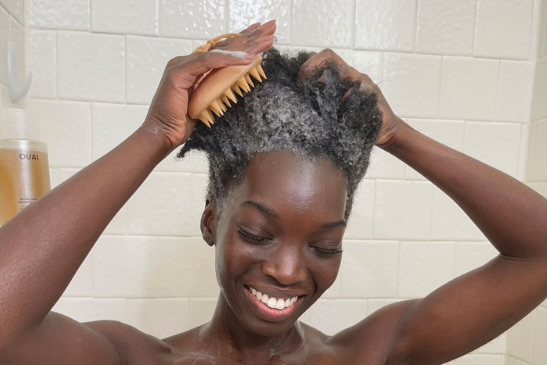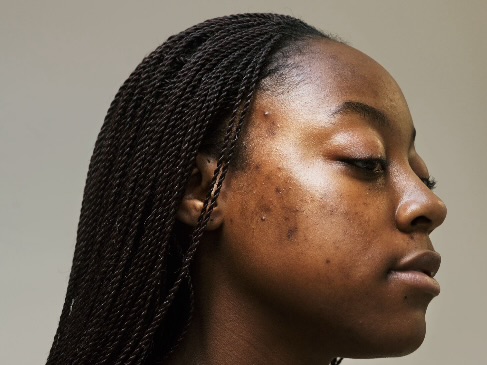Relaxing your hair can give it a sleek, manageable look, but it requires careful timing and maintenance to keep it healthy.
Relaxers work by breaking down the hair’s natural structure, allowing it to be straightened. However, too-frequent applications can lead to dryness, breakage, and thinning.
Here’s a guide to how often you should relax your hair and the best practices for maintaining healthy, relaxed hair.
- Determine your hair’s relaxing frequency
Most experts recommend relaxing your hair every 8 to 12 weeks, depending on your hair type and how quickly it grows. Waiting this long allows enough new growth to apply the relaxer without overlapping on previously relaxed hair, which can lead to over-processing and damage. For those with slower hair growth, stretching the time between relaxers may work well, while those with faster growth may find 8 weeks to be their ideal timeframe.
Observing the amount of new growth can be a helpful indicator. Relaxers are designed for the roots, not for previously relaxed hair, so having at least an inch of new growth helps reduce overlap and maintains the hair’s health.
- Pay attention to signs of over-processing
If you start to notice breakage, dryness, or scalp irritation, these could be signs that you’re relaxing too frequently. Over-processing can weaken the hair shaft, making it more prone to breakage and thinning. Similarly, applying relaxers to areas that have already been relaxed may increase these risks. To keep your hair healthy, try stretching the time between relaxers if you notice these signs, and consider protective styles to manage the regrowth.
- Protect your scalp and hair health
The health of your scalp is essential for relaxed hair. Before relaxing, avoid washing or scratching your scalp for at least 48 hours, as a clean scalp can be more sensitive and prone to irritation from chemicals. When you’re ready to apply the relaxer, coat the previously relaxed hair with a thick conditioner or a protective oil to prevent overlapping.
Keeping hair hydrated and moisturized is also critical for maintaining healthy, relaxed hair. Deep conditioning treatments should be done weekly to replenish moisture and maintain softness. Look for products specifically designed for chemically treated hair to help strengthen and nourish your strands.
- Embrace low-manipulation styles
Frequent heat styling, tight ponytails, or constant manipulation can stress relaxed hair. Opt for low-manipulation hairstyles, such as loose buns, braids, or roller sets, to reduce breakage and give your hair time to recover. Using heat sparingly, and always with a heat protectant, can help prevent additional dryness and damage.
- Regular trims are essential
Even with the best care, relaxed hair can develop split ends. To keep your hair looking its best, aim to trim the ends every 8 to 12 weeks. Trimming removes damaged ends, encourages healthy growth, and keeps your hair looking polished.
Conclusion
Relaxing your hair every 8 to 12 weeks, combined with a routine of moisturizing, protective styling, and regular trims, can help maintain its health and strength. Listening to your hair’s needs and adjusting your routine when necessary can prevent damage and keep your relaxed hair looking beautiful and strong. Remember, patience and a gentle approach are key to enjoying healthy, relaxed hair over the long term.





